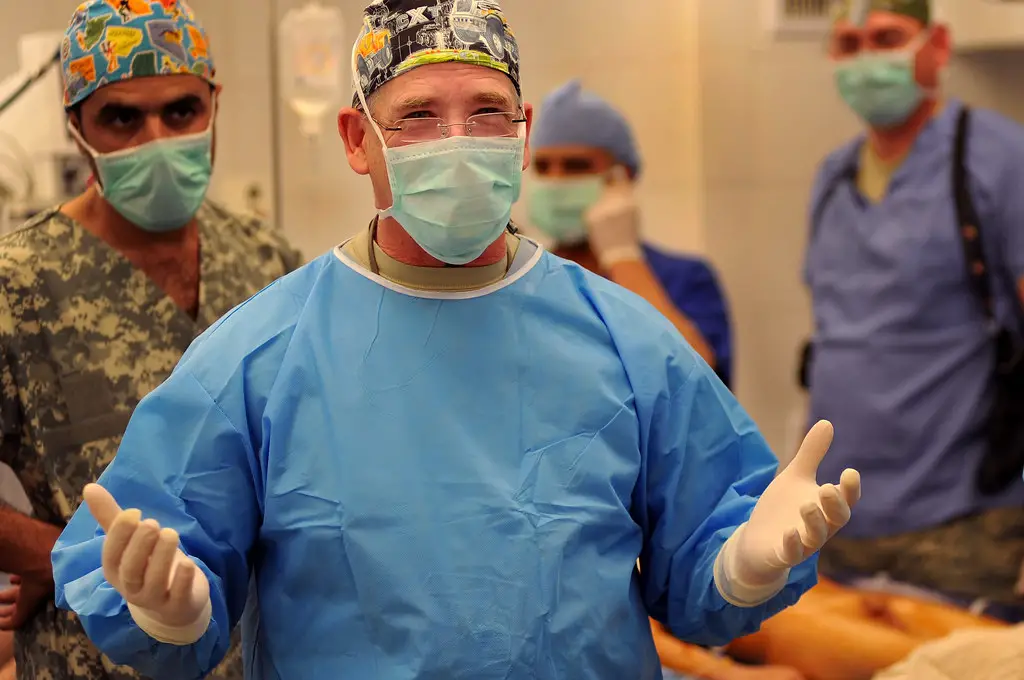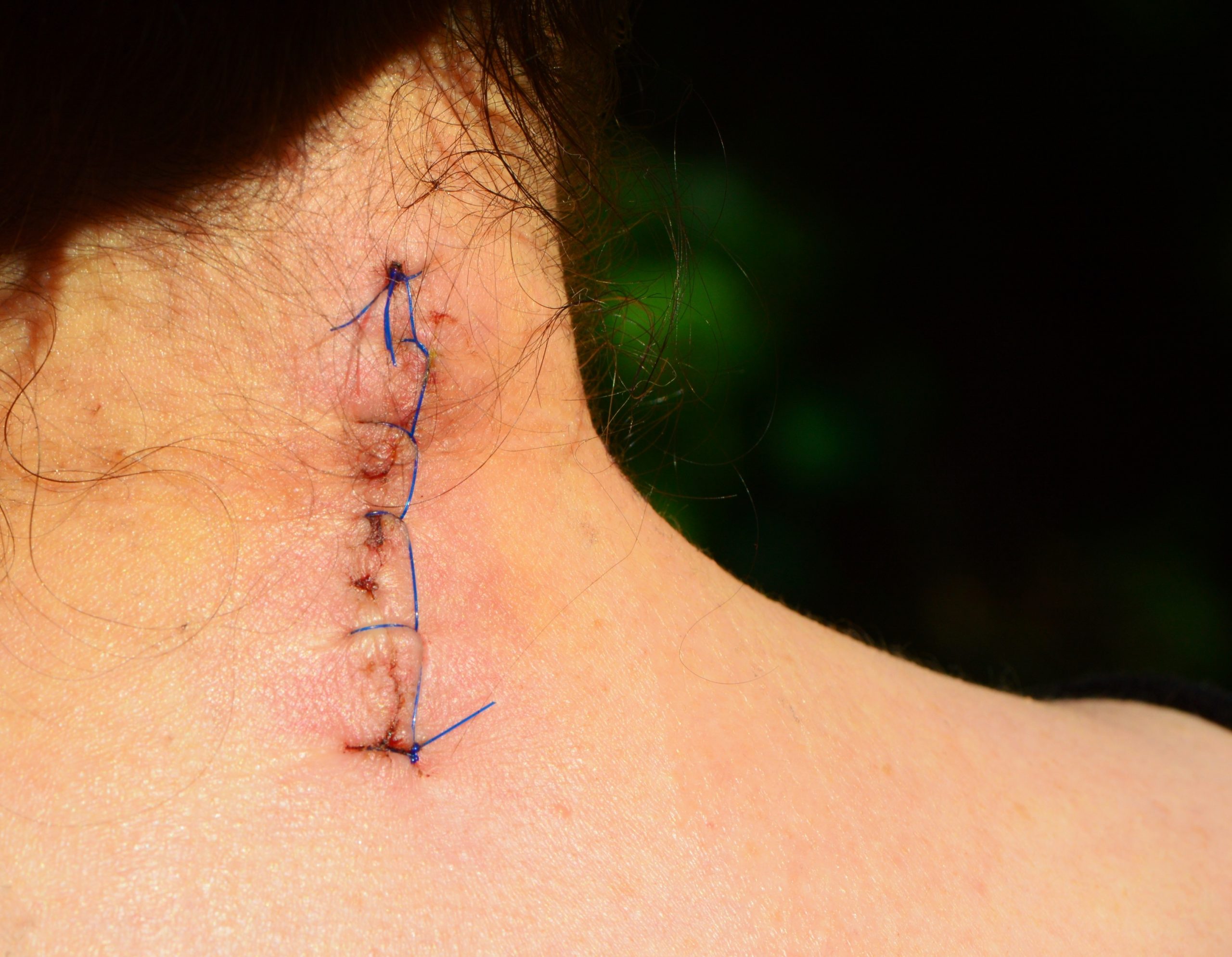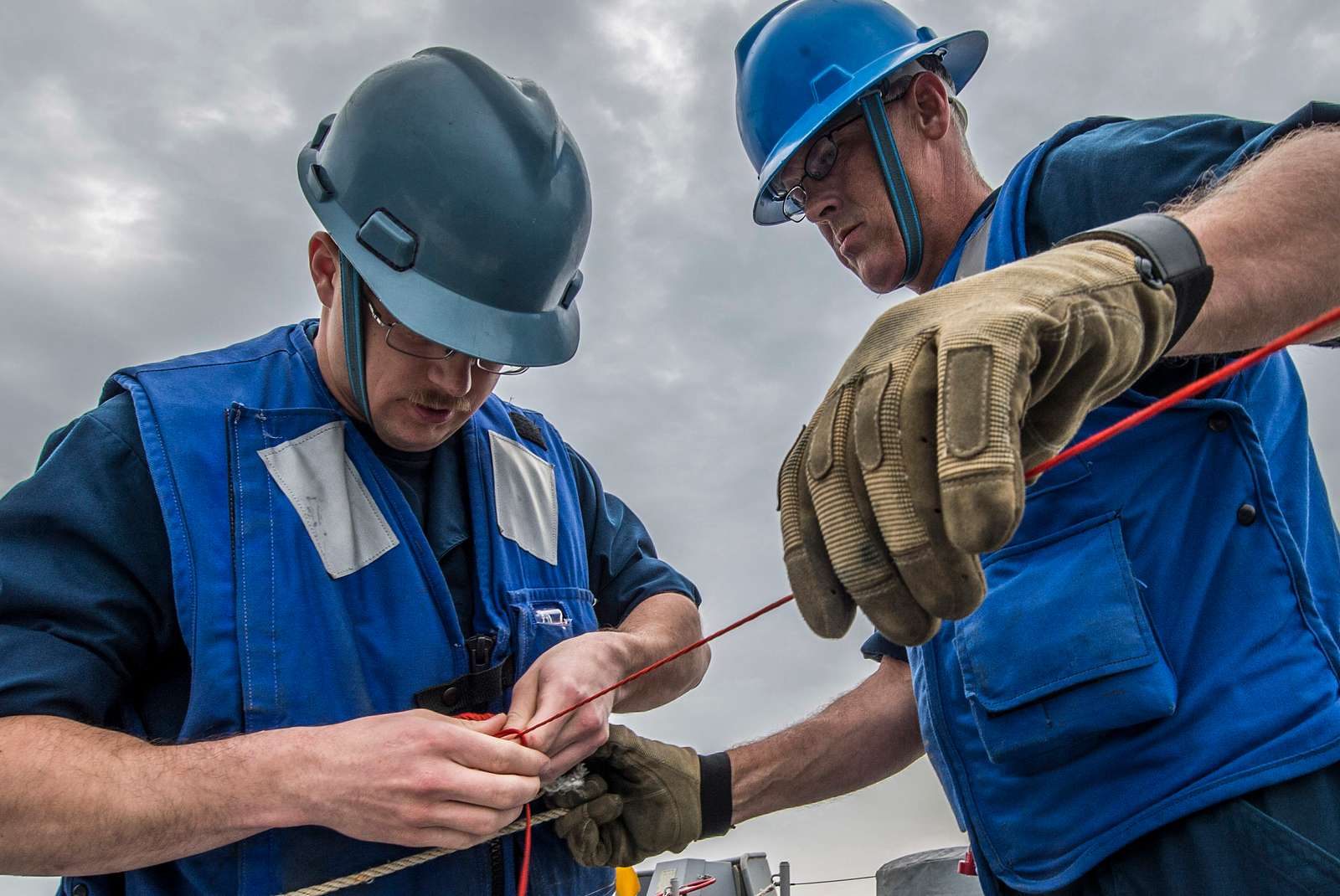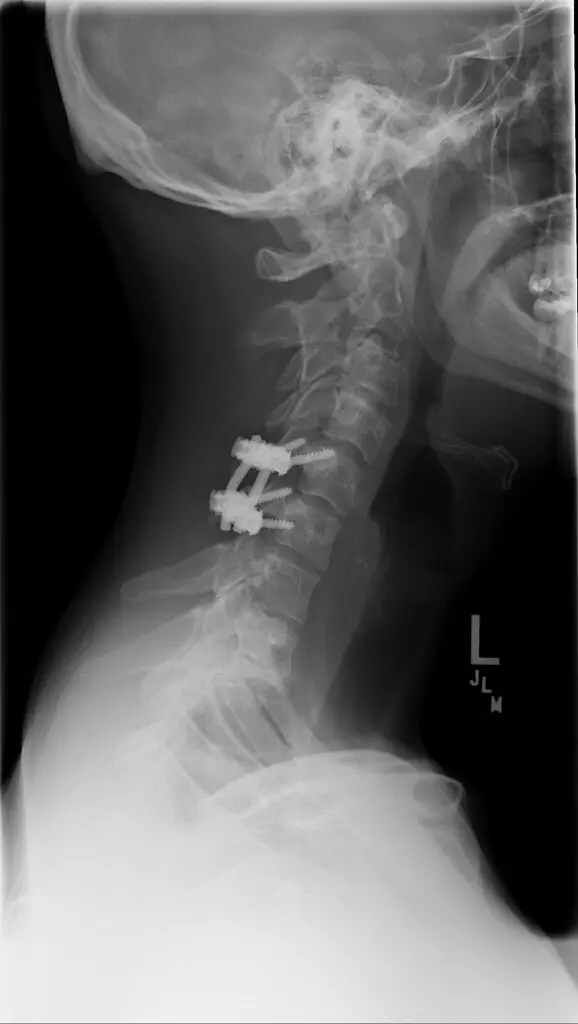You may be wondering if you can drive after a cervical arthrodesis. The answer is yes, but there are certain restrictions you must follow.
In this article, we will discuss restrictions on driving and other activities after a cervical arthrodesis. We will also provide you with information on how to recover from the operation and regain mobility in your neck.
Cervical Spine Anatomy
La cervical spine consists of seven small bones, called vertebrae. These vertebrae are stacked on top of each other and protected by a layer of soft tissue.
The vertebrae are linked together by strong ligaments and separated by intervertebral discs. Bones and discs work together to absorb shock and allow the spine to move freely.
The cervical spine is surrounded by a number of muscles, tendons and ligaments. These tissues help support the spine and protect it from trauma.
The muscles of the cervical spine include the trapezius, levator scapulae, sternocleidomastoid and the scalene. The main ligaments of the cervical spine are the anterior and posterior longitudinal ligaments, the supraspinous ligament, the interspinous ligament and the transverse ligament.
La spinal cord runs through the middle of the spine. It is made up of nerve fibers that carry nerve information between the brain and the rest of the body. The spinal cord is surrounded by cerebrospinal fluid, which in particular helps to protect it from injury.
THEcervical arthrodesis What is it exactly ?
THEcervical arthrodesis is a surgical procedure used to fuse two or more vertebrae together. It is usually performed to treat conditions such as degenerative disc disease, spinal stenosis or spondylolisthesis.
It should be noted that this operation is not performed immediately, and that there are specific criteria to be met before the surgeon considers this therapeutic approach.
The operation is usually performed through an incision in the front of the neck, although a posterior approach can also be used. Once the vertebrae are fused together, they no longer move independently, increasing the stability of the head and neck. This generally reduces pain and reduces the risk of damaging a nerve structure (spinal cord, spinal nerves, etc.)
The operation is usually performed under spinal anesthesia, which numbs the body from the waist down. After the anesthesia is over, you will likely feel some pain and stiffness in your neck.
This is normal and can be managed with medication prescribed by your doctor. You will also need to wear a cervical collar for some time after the operation to protect your neck.
Cervical arthrodesis : What are the risks associated with surgery?
Immediately after a cervical arthrodesis, there are many risks associated with a premature return to daily activities. These include pain, effects of anesthesia, surgical site infection, phlebitis, muscle or skin pain in the scar area, and neurological complications (limb paralysis).
All of these complications can potentially lead to a decrease in the patient's quality of life.
What are the most dangerous complications?
The most dangerous complications are neurological. These include paralysis of a limb, which can occur if the spinal cord or nerves are damaged during the operation. There is also a risk of stroke, which can occur if a blood clot forms in the brain or arteries in the neck.
What are the complications of cervical infection associated with arthrodesis?
Sepsis is a life-threatening condition that occurs when an infection spreads through the body. When sepsis occurs, the body's immune system goes into overdrive, causing widespread inflammation. This can lead to organ damage and failure.
Meningitis
Meningitis is a serious infection of the meninges, the thin layer of tissue that covers the brain and spinal cord. Meningitis can be caused by bacteria, viruses or fungi, and can lead to swelling of the brain and spinal cord. In severe cases, meningitis can be fatal.
Encephalitis
Encephalitis is a serious inflammation of the brain that can be caused by viruses, bacteria or other organisms. Encephalitis can lead to brain swelling and damage to brain tissue.
brain abscess
A brain abscess is a collection of pus that forms in the brain as a result of an infection. Brain abscesses can be caused by bacteria, fungi, or other organisms, and can lead to brain swelling and brain tissue damage.
Spinal cord abscess
A spinal cord abscess is a collection of pus that forms in the spinal cord as a result of an infection. Spinal cord abscesses can be caused by bacteria, fungi, or other organisms, and can cause the spinal cord to swell and damage nerve tissue.
Driving after a cervical arthrodesis : What are the deadlines to respect before resuming driving?
It is important to allow sufficient time for healing before resuming any strenuous activity. Depending on the case, this period can be from four to six weeks. After the operation, it is important to take it slow and gradually increase activities as tolerated.
This will minimize the risk of complications and promote a good recovery.
Un physiotherapist (physiotherapist) will be able to guide you through the rehabilitation process. More specifically, he will offer you exercises aimed at regaining functional cervical mobility allowing you to resume driving. It will also work on neck strength and stability so you don't experience excessive stress in the car.
Driving after a cervical arthrodesis : The word from the doctor to the patient
In the end, it is up to the surgeon and the team of health professionals to discuss with the patient about the resumption of driving. After one cervical arthrodesis, it is important that patients follow their doctor's care and activity instructions, as each case is different.
In general, for the first few weeks, patients should avoid any activity that requires bending, twisting, or heavy lifting.
They should also sleep with their head and neck in a neutral position and use an adequate pillow for support. As patients heal, they can slowly return to normal activities, including driving.
However, they should generally avoid contact sports or any other activity that could put them at risk of further injury.
With proper care, patients can expect pain relief and normal functioning.







